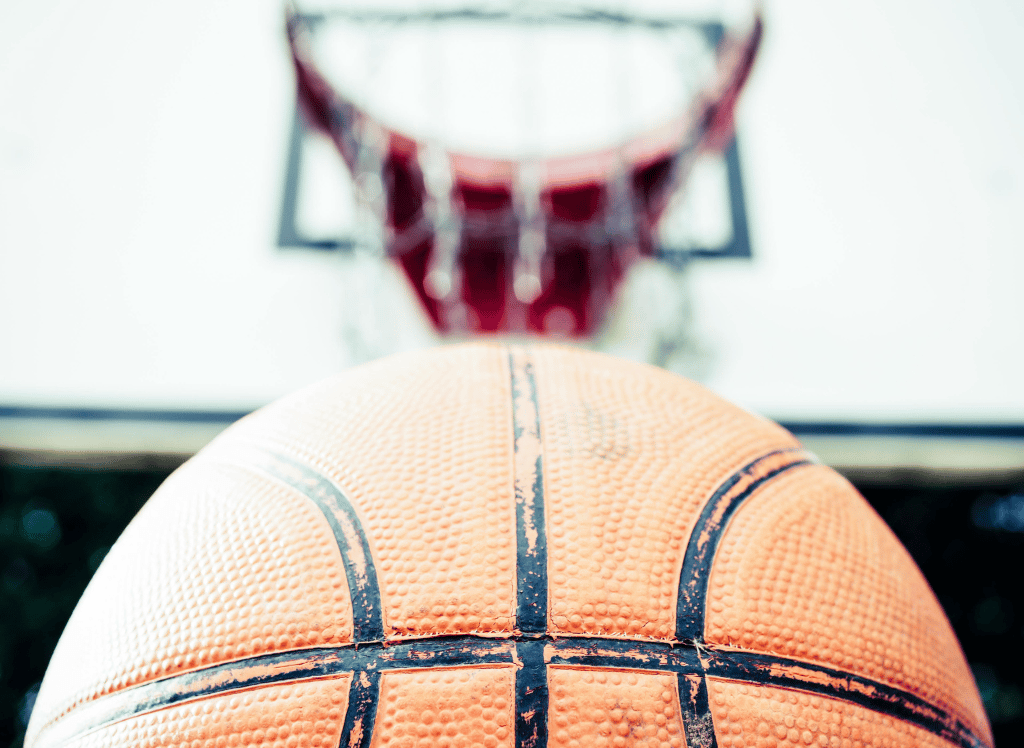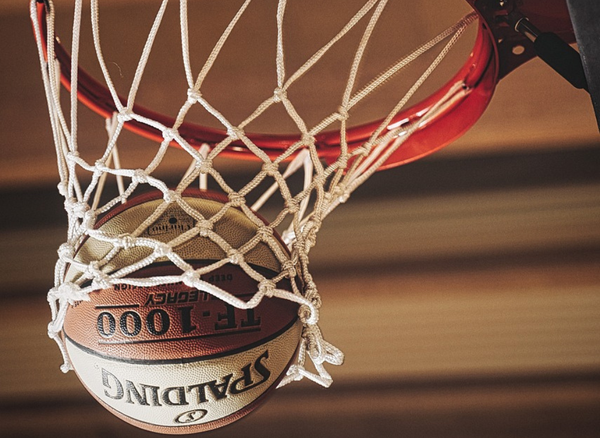Basketball is not just a game of scoring baskets; it's a symphony of passes, dribbles, and strategic plays. And if you're looking to jazz up your passing game, let's talk about the overhead pass in basketball. It's like the cherry on top of a sundae, but instead of a cherry, it's a basketball, and instead of a sundae, it's your teammate's hands.
The Overhead Pass
When you throw an overhead pass, you're not just passing the ball; you're sending a message to the defenders that says, "I've got tricks up my sleeve." This pass originates from above your head, giving you a clear line of sight over those pesky defenders.
Imagine you're an offensive player, and there's a fast break opportunity. You grab the rebound and spot your teammate sprinting down the court. With the grace of a swan and the precision of a sniper, you launch the ball forward with an overhead pass. The ball sails over the defenders' heads, and your teammate catches it in stride for an easy layup. That's the beauty of the overhead pass.
The Anatomy of the Overhead Pass
To master the overhead pass, you need to understand its bones and muscles. Start with your feet shoulder-width apart, your knees slightly bent, and your body squared to your target. The ball should be held with two hands, fingers spread wide for more power and control. Your elbows are like the hinges of a catapult, ready to launch the ball with both finesse and force.
As you step, bring the ball from behind your head and push it forward in a smooth, fluid motion. Your arms extend fully, your fingers flicking at the end to give the ball that extra oomph. It's like you're trying to throw your arms out of their sockets, but please, keep your arms attached.
When to Use the Overhead Pass
Overhead passes are not just for show.
It's the perfect tool for starting a fast break or when you're trapped by the defense and need to find an open teammate across the court. It's like having a secret door in a maze – it gets you out of trouble and onto the path to scoring points.
But beware, the overhead pass is not always the answer. If you're surrounded by defenders with arms like tree branches, bounce passes may be a safer bet. And if you're up close and personal with your teammate, chest passes will do the trick. The key is to read the court and choose the right pass for the right moment.
The Overhead Pass vs. Other Types of Passes
Now, let's compare the overhead pass with its cousins. Chest passes like the reliable sedan of passes – it's safe, it's efficient, and it gets the job done at chest level. The bounce pass is the sneaky submarine, slipping the ball under the defenders' radar and off the floor. And the behind the back pass? That's the flashy sports car – it looks cool, but it's not always practical.
The overhead pass, on the other hand, is the helicopter. It goes over everything, giving you a clear path to your intended recipient. It's not as flashy as the behind the back pass, but it's more versatile and can be a game-changer when used correctly.
Perfecting Your Technique
Practice makes perfect, and the overhead pass is no exception. Start by practicing without a defender, focusing on your form and the power generated from your legs. Then, add a moving target to simulate a real game scenario. Remember, the goal is to pass accurately, not just to throw the ball as far as you can.
As you get more comfortable, practice with a defender trying to intercept the pass. This will help you learn how to adjust your angle and power to ensure your pass reaches its target. And don't forget to practice with both hands! Being able to throw an overhead pass with either hand makes you a double threat on the court.
Advanced Passes for the Seasoned Player
For those who have mastered the basic overhead pass, it's time to level up. The outlet pass is like the overhead pass's older, cooler sibling. It's used to quickly move the ball from the rebounder to a teammate starting a fast break. It requires precision, timing, and a strong understanding of your teammates' movements.
Another advanced pass is the baseball pass. It's similar to the overhead pass but thrown with one hand, like a pitcher hurling a fastball. It's great for long-distance passes but requires a lot of practice to master. Just don't actually throw it like a baseball, or you might end up with a traveling violation instead of a slick assist.
FAQs
When should I use an overhead pass instead of a chest or bounce pass?
Use an overhead pass when you need to get the ball over defenders quickly, such as during a fast break or when you're trapped and need to pass the ball across the court.
How can I add more power to my overhead pass?
To add more power, step forward with your non-dominant foot and use the momentum from your legs and body to propel the ball forward. Fully extend your arms and flick your wrists at the end of the pass.
Is the overhead pass suitable for younger players?
Yes, younger players can benefit from learning the overhead pass. It's a fundamental skill that can improve their overall passing game. However, they should focus on mastering the correct technique and not just on throwing the ball as hard as they can.
Summary
The overhead pass in basketball is a versatile and powerful tool that can elevate your game to new heights. By understanding when to use it, perfecting your technique, and practicing different scenarios, you can become a passing maestro on the court. Remember, the overhead pass is not just about throwing the ball; it's about outsmarting the defense and creating opportunities for your team.









